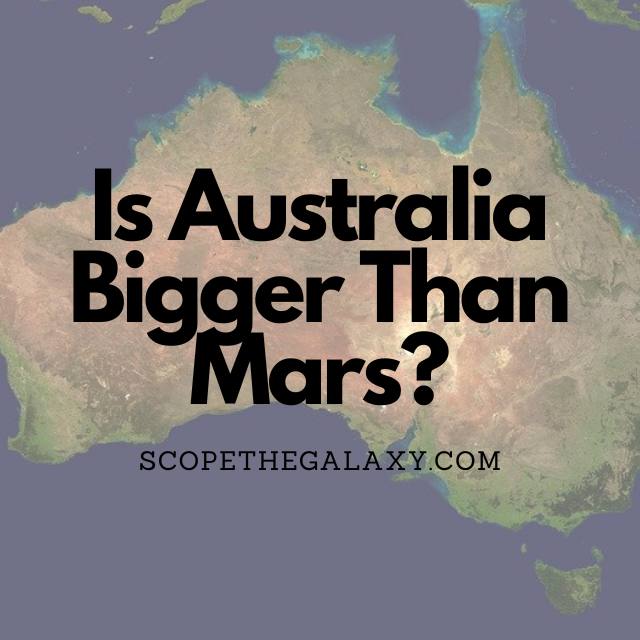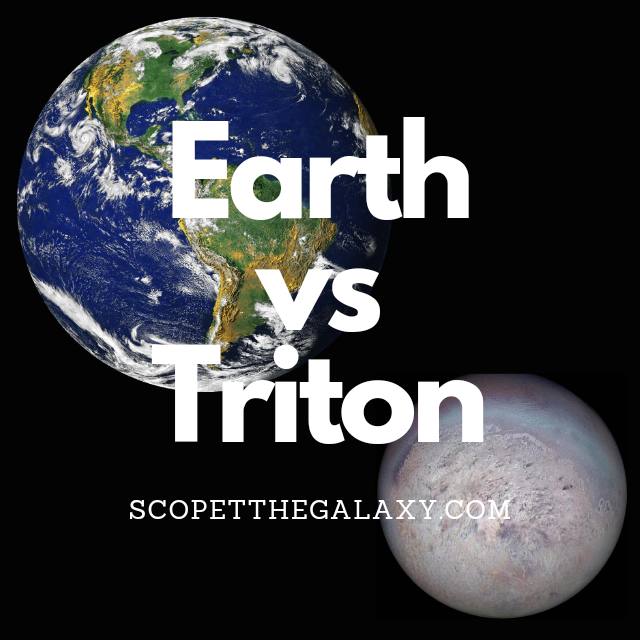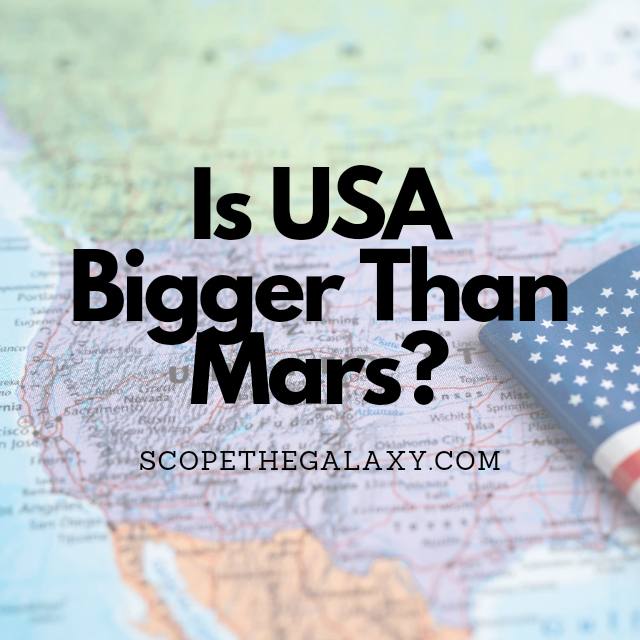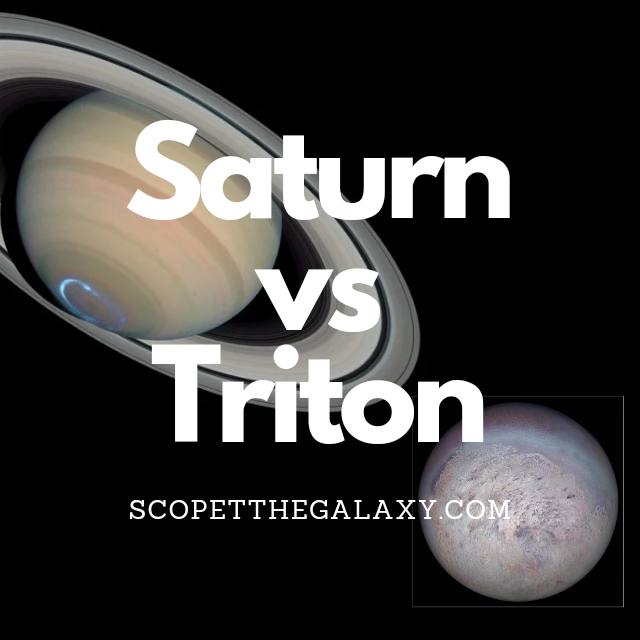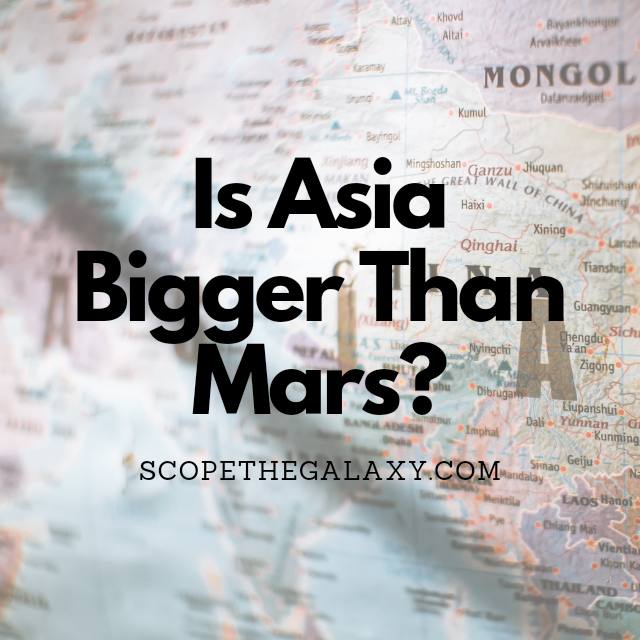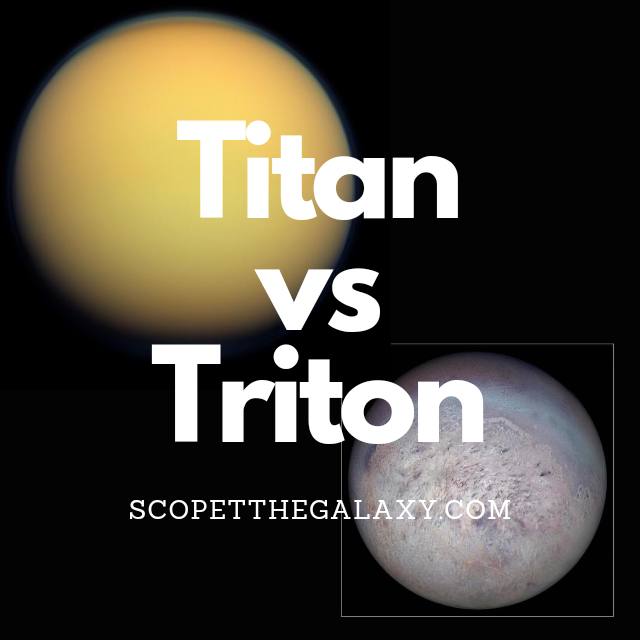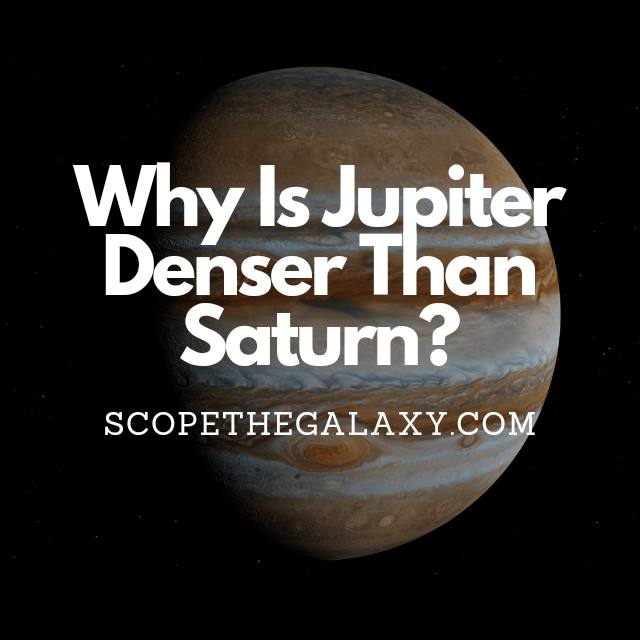Are Moons Luminous? (In-Depth Analysis!)
A moon is an object that orbits one of the planets in our solar system. These objects – also called natural satellites – appear to glow in the night sky but don’t produce any light of their own. Instead, they reflect a small percentage of the radiation from the Sun, which gives them a glowing … Read more


